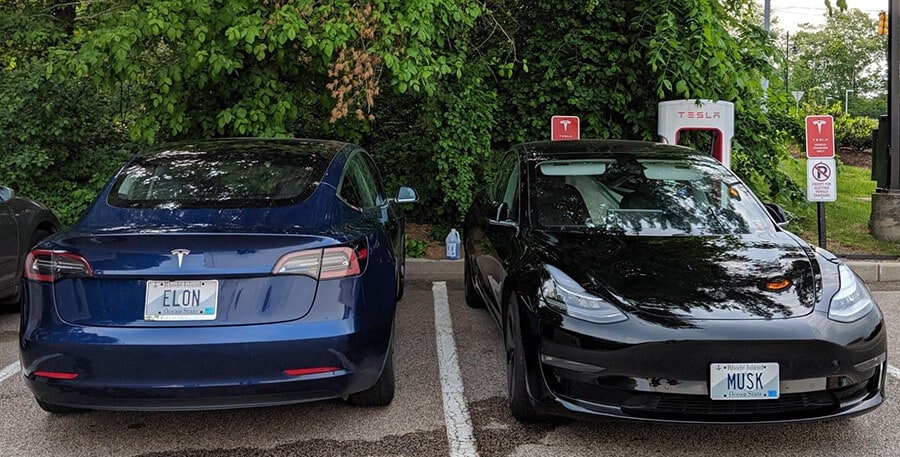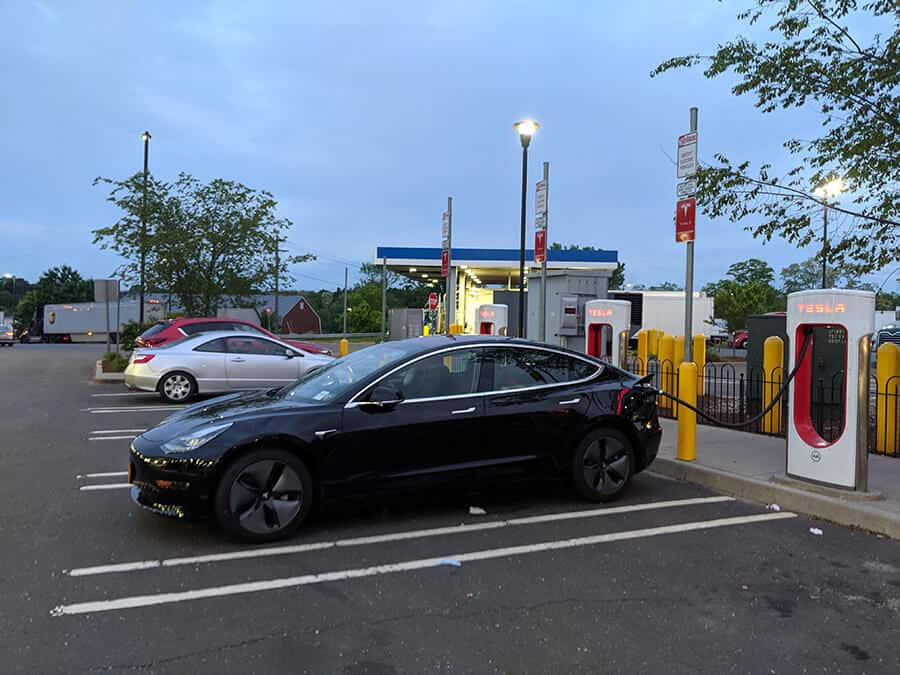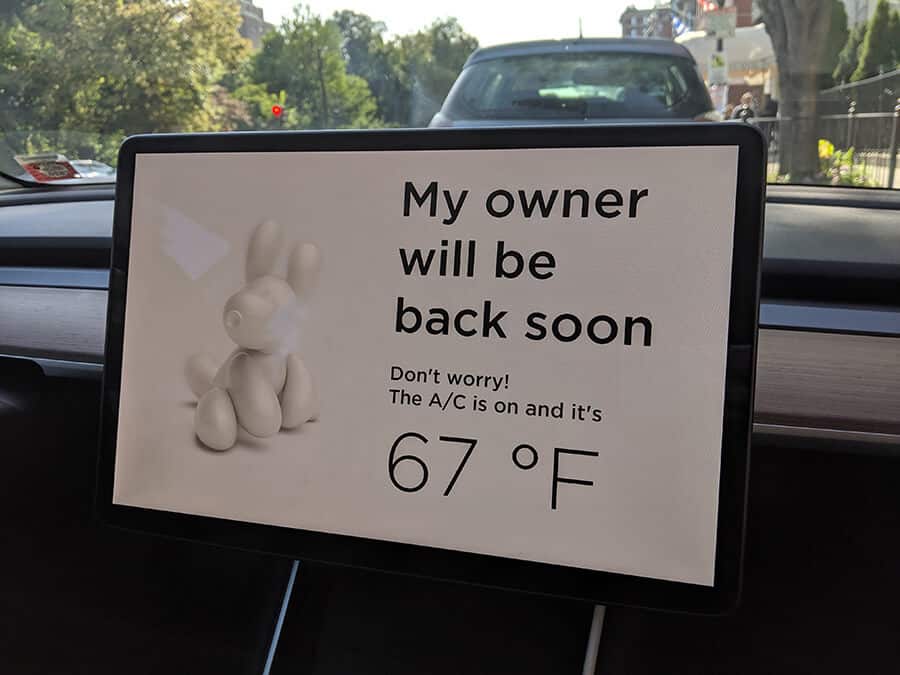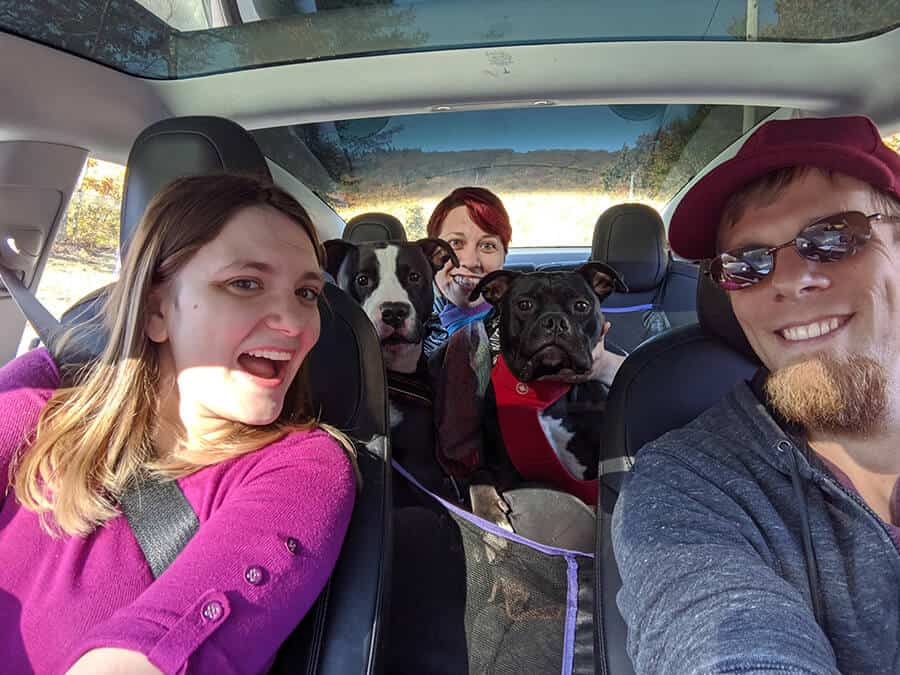Humans have been dreaming of cars that drive themselves and fly for years. The only flying Tesla, so far, is the one that Elon Musk launched into space in 2018. Earth-bound Teslas do not have the ability to fly, at least not yet. They can, however, drive themselves with incredible accuracy. These pricey vehicles are beautiful and powerful, and they can make your driving more relaxing. But is it practical to have a car that needs special chargers, skilled and specialized mechanics, and is expensive to insure?
Tesla Pricing
People always assume that Tesla costs hundreds of thousands of dollars. There will be a new model coming out in 2021 that is currently estimated at $200,000. However, the base prices of current models range between $36,000 and $82,000. This is by no means cheap, but it is relatively affordable compared to other luxury cars.
I personally own the cheapest Tesla, the 2019 Model 3 Standard Edition Plus – it doesn’t even qualify as an Uber Black. Typically, an entry-level luxury car starts at $40,000. So my Tesla costs just a little less than a 2019 Volkswagen Arteon with a starting price of $36,840. But there are more expensive models available.
The base prices for the 2020 models are as follows: the Model 3 is $39,190, the Model Y is $54,190, the Model S is $76,190 and the Model X is $81,190. These are the starting prices, and the cost can go up if you want to change the color, have a dual motor, a longer battery life, Autopilot, Full Self Driving and other perks such as a fancier interior and heated seats in the back. Until recently, the Autopilot was an add-on, but newer models now include it in the price with an option to upgrade to Full Self Driving.
Do All Teslas Drive Themselves?
No, only the 2020 models have Autopilot included. Older models had it as an optional add-on for an added cost. Autopilot and Full Self Driving are different features. We paid an additional $3,000 for Autopilot and $5,000 for the Full Self Driving on our 2019 Model 3. It is possible to pay for Full Self Driving after the initial purchase with the click of a button, however it is more expensive that way. All models come with the necessary hardware – it’s the software you’re paying for.

The Tesla Autopilot is up-graded, adaptive cruise control. It allows the car to match the speed of your car to that of the surrounding traffic automatically. There is also an auto-steer function that assists in steering within a clearly marked lane.
Full Self Driving, on the other hand, is an advanced driver-assistance system that features lane centering, traffic-aware cruise control, self-parking, automatic lane changes, semi-autonomous navigation on limited access freeways as well as the ability to summon the car from a garage or parking spot.
This system still requires drivers to keep their hands on the steering wheel and will prompt you to prove that you are alert. If you don’t respond to this prompt, the car will beep. If you still don’t respond, it will ban you from using the feature for the duration of the drive. However, if you keep tapping the steering wheel the car will drive itself, change lanes as necessary, keep the right speed and keep a safe distance from other vehicles.
Are All Tesla Cars Fully Electric?
Yes! Every Tesla model is fully electric. This means that they have a battery that powers them, just like your cellphone. Although you can plug your Tesla into almost any socket to charge it, you need a 220-volt outlet to charge it at a decent speed. Our Standard Range Battery, which can travel around 200 miles (321 km) on one charge, takes about 7 hours to charge fully. Of course, Tesla sells their own charger that can be installed in most homes and will charge the car faster.

When we lived in an apartment, we were unable to install our personal charger. Instead, we took advantage of the Superchargers located in public spaces such as rest areas and parking garages. Many gas stations are adding Tesla Superchargers as more Teslas hit the road and demand rises. These are super-quick and can charge our car battery all the way in 30-40 minutes. While parked, Telas offer plenty of entertainment including Netflix, Hulu, and even games right on the giant monitor that is the command center of the car.
Other factors to consider when it comes to a fully electric car are that there is no engine, the only fluid in the car is windshield wiper fluid, and the car is incredibly quiet. In fact, laws exist against making vehicles too quiet for safety reasons. There are also certain dangers when it comes to rescue – machines that are designed to fasten onto a car need to be careful to avoid crushing the battery, which would cause it to explode.
Maintenance
The lack of an engine and fluids makes maintenance a lot easier. There are no oil changes or other such check-ups. Of course, regular software over-the-air updates are part of owning a Tesla. These happen automatically and do not interfere with the ability to drive the car. A lot of software issues can also be fixed remotely as they only require an internet connection to the car.
For issues with the car’s exterior and hardware, the car does need to be taken to a special center that specializes in Teslas. A regular mechanic can’t do much to a fully electric car with the usual parts. In fact, instead of containing an engine, the front of a Tesla is used for extra storage. Yes, we get a lot of strange looks in the parking lot when we put our bananas and bread where the engine should be.
Cleaning a Tesla is not too difficult, either. Many people use regular car-washes, although the paint is said to be sensitive and can easily scratch. The interior is finished in vegan leather, which is extremely durable, as our two large dogs have proven, and it is easy to wipe down. Other things, such as wipers and tires, are as easy to replace on a Tesla as they are on a regular car.
The Console and Controls
What people remark on most when they first experience our Tesla is the lack of knobs and buttons. There is literally only a giant monitor in the center of the dashboard, a few knobs on the steering wheel, and the rest is a smooth surface with a speaker and AC vents. Everything is controlled on the touch-screen monitor or with your phone.

Both my husband and I have access to the car via our phones. One time, when his phone battery died and his card key was left inside the car, he had to call me from a borrowed phone so that I could unlock it from hundreds of kilometers away. Another time, when I wasn’t picking up my phone, he had to call Tesla and verify his identity so that they could remotely unlock the car for him. Although this has happened several times, it is no more inconvenient than a regular car that can’t be unlocked if you forget the keys. In fact, it is easier to get back in, because you can literally call someone across the country to unlock it for you.
Another feature of the console is that you can watch TV (when parked); and of course, there is Karaoke. This feature is for passengers only and shows the lyrics on the screen while playing music so that everyone can sing along. The large monitor is also great, because it shows the directions when using GPS, and it shows you all the other information you’d expect from a regular car’s dashboard. You can control the AC, seat heating, and everything else using the one monitor.
Specs
Teslas are truly powerful cars. Even our cheaper Model 3 can go 0-60 MPH (~100 MPH) in 5.1 seconds. The performance model will glue you to your seat as it does this in 3.2 seconds. For context, a 2020 Corvette goes 0-60 in 2.8 seconds – just a bit faster for $20,000 more. If you order a Model 3 with a tow hitch, it can pull up to 2,000 lbs (907 kg). Teslas weigh anywhere from 3,200-4,000 lbs (1,450-1814 kg), depending on the add-ons. The upcoming Cybertruck will apparently be able to pull over 7,500 lbs (3,400 kg) – there was even a viral video of the Cybertruck pulling a Ford F-150 uphill!
Easter Eggs and Other Features
Elon Musk, the founder and C.E.O. of Tesla, is known for being eccentric. So it’s no wonder that he equipped his cars with some silly extras. You can put a whoopie cushion on anyone’s seat that is activated when you turn the steering wheel. There is a mode that turns your Google Maps into the surface of Mars, and there is a really annoying Cow Bell song that you can be activated to agitate your passengers.
One of my favorite features by far is Dog Mode. Turning this on keeps the car at a pleasant temperature, and the monitor has a cute digital dog saying, “My owner will be back soon”, along with the temperature inside the car. Obviously it is still illegal to leave your dog alone in a car in some parts of the world and the USA, however this keeps them safe if you need to leave the car briefly.
Finally, if you are parked in a questionable area, there is Sentry Mode. Instead of a cute dog, the monitor features a scary HAL 9000 eyeball that says, “I am watching you.” It records any movements around the car and makes the most terrible noise if you touch it. This also alerts owners on their phones. You can then play back the footage and see who touched or even innocently peeked into your car.
Owning a Tesla: Pros and Cons
I have owned a Telsa for over a year now, and there are things I love as well as things I hate. The pros are quite obvious. The car is fully electric, which is great for the environment. There are lots of Superchargers in the USA, so we have never had any issues charging on road trips. The stops are a little longer than in a gasoline-powered car, but if combined with using the bathroom and buying a snack, it really isn’t so bad.
The self-driving features have been great and have made me feel safer in the car. My husband was actually side-swiped by a truck on the highway, and the car’s auto-driving and response was what kept him safe from what could have been a terrible accident. Plus, the car automatically films while it drives, and a single push of a button saves the last few minutes of footage. So when the time came to speak to the insurance company, he was able to show them the incident from three different camera angles that proved that he was not at fault. This made all repairs free for us.
Speaking of repairs, a big con is that everything Tesla is more expensive. We have had minor accidents and scratches, which have not been cheap to repair. Insurance covers a lot but has a high deductible unless your monthly payments are high. Insurance is definitely more expensive on a Tesla than a regular non-luxury car. Tesla is working on its own, proprietary insurance that we hope will make this more affordable.
Although Teslas doesn’t use gas, we still have to pay for the electricity that powers it. Even though it is half the price of gas where we live, our electric bill is high every month. It would still take 20 years of owning this car in order for it to pay for itself. So for a regular middle class family, this car can be difficult to afford. Also, it can be frustrating that we need to travel far to get proper maintenance as Teslas aren’t common enough for there to be ubiquitous centers that fix them.
Another big negative experience for me has been the stigma. People assume that if you have a Tesla, you are rich. This has caused some tension and awkwardness. Strangers always come up and ask how much it cost, and other drivers occasionally rev their engines at us on the road. Even though more and more Teslas are on the road, they are still treated as magical unicorns that people stare and point at.
Teslas are relatively new cars on the road, so naturally there is still a cloud of mystery about them. These fully electric cars have amazing self-driving features that were unimaginable even a few years ago. They are also a lot more affordable than people might expect. In the USA, at least, the cheapest Tesla costs as much as a nice Volksvagen, which doesn’t turn heads.
There are hardships that come with owning a Tesla in 2020 that go beyond the price. All these factors, including slower charging, issues with Internet signal and traveling to fix Teslas will smooth out over time as this car becomes more mainstream. In my opinion, Teslas have set the bar high for the future of the automotive industry. I truly believe that more cars will follow Tesla’s example when it comes to creating the beautiful, eco-friendly cars of the future.
Photos: From the personal Archive of the author
More articles here:
Support us!
All your donations will be used to pay the magazine’s journalists and to support the ongoing costs of maintaining the site.
Share this post
Interested in co-operating with us?
We are open to co-operation from writers and businesses alike. You can reach us on our email at cooperations@youthtimemag.com/magazine@youthtimemag.com and we will get back to you as quick as we can.










